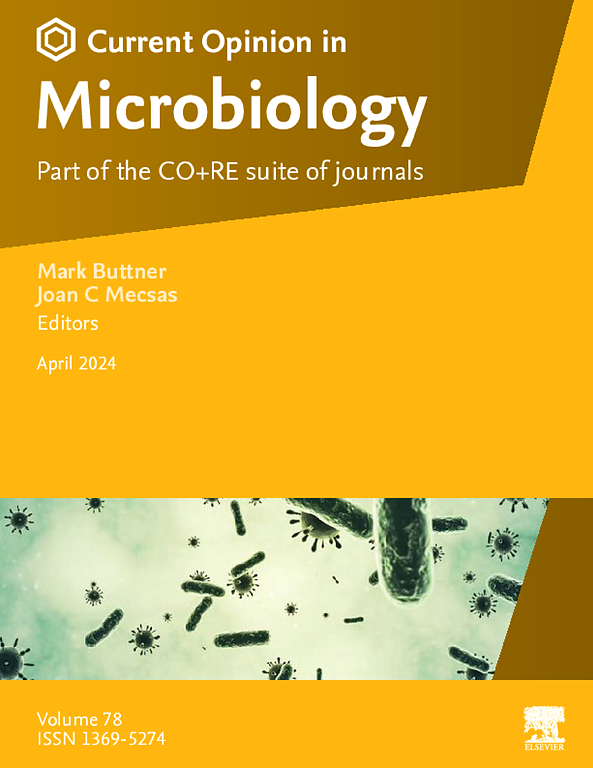革兰氏阳性病原体,炎症和宿主脂质环境
IF 7.5
2区 生物学
Q1 MICROBIOLOGY
引用次数: 0
摘要
宿主脂质环境是细菌感染的屏障,包括抗微生物脂肪酸和不渗透脂质,可防止感染因子穿透组织。细菌和宿主的脂质也会向免疫系统发出信号来调节炎症。值得注意的是,细菌脂质激活toll样受体,启动细胞因子产生、免疫细胞募集和氧化爆发,以控制感染。细菌病原体必须适应脂质环境,包括杀菌宿主脂肪酸和炎性脂质,以促进在不同组织中的持久性。在这里,我们讨论了目前对金黄色葡萄球菌脂质相互作用的理解进展,这些相互作用有助于炎症和先天免疫,并考虑宿主炎症脂质在驱动免疫防御和抗菌活性中的复杂作用。此外,我们努力在其他革兰氏阳性病原体中引入类似的过程。最近的研究表明,脂质代谢对宿主免疫及其发病机制的影响越来越多。本文章由计算机程序翻译,如有差异,请以英文原文为准。
Gram-positive pathogens, inflammation, and the host lipid environment
The host lipid environment is a barrier to bacterial infection that comprises antimicrobial fatty acids and impermeable lipids that keep infectious agents from penetrating tissues. Bacterial and host lipids also signal to the immune system to regulate inflammation. Notably, bacterial lipids activate Toll-like receptors to initiate cytokine production, immune cell recruitment, and oxidative burst to control infection. Bacterial pathogens must adapt to the lipid environment, including bactericidal host fatty acids and inflammatory lipids, in ways that promote persistence in diverse tissues. Here, we discuss current advances in the understanding of Staphylococcus aureus lipid interactions that contribute to inflammation and innate immunity and consider the complex roles of host inflammatory lipids in driving immune defenses and antibacterial activity. In addition, we endeavor to introduce similar processes in other Gram-positive pathogens. These recent studies highlight the growing body of knowledge on the effects of lipid metabolism on host immunity and pathogenesis.
求助全文
通过发布文献求助,成功后即可免费获取论文全文。
去求助
来源期刊

Current opinion in microbiology
生物-微生物学
CiteScore
10.00
自引率
0.00%
发文量
114
审稿时长
6-12 weeks
期刊介绍:
Current Opinion in Microbiology is a systematic review journal that aims to provide specialists with a unique and educational platform to keep up-to-date with the expanding volume of information published in the field of microbiology. It consists of 6 issues per year covering the following 11 sections, each of which is reviewed once a year:
Host-microbe interactions: bacteria
Cell regulation
Environmental microbiology
Host-microbe interactions: fungi/parasites/viruses
Antimicrobials
Microbial systems biology
Growth and development: eukaryotes/prokaryotes
 求助内容:
求助内容: 应助结果提醒方式:
应助结果提醒方式:


